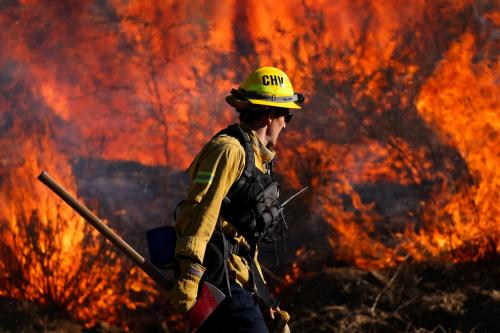My lecture today, entitled “Sovereignty as Responsibility: The Guiding Principles on Internal Displacement,” will focus on the first international standards developed for people forcibly displaced within their own countries by conflict, internal strife, systematic human rights violations and other such causes. The issue, however, is hardly theoretical or legal. Worldwide there are 25 million persons forcibly uprooted by conflict within their own countries. More than half are in Africa, 4 to 5 million in Asia, the largest numbers being in Burma, Indonesia, Afghanistan, Sri Lanka and India, 3 to 4 million in Europe and more than 2 million in the Americas. In addition, there are millions of persons internally displaced by natural disasters and development projects in all these regions. IDPs are generally in desperate straits. Because they are forcibly separated from their homes, communities and livelihoods, they become more vulnerable to starvation and disease than others in the population and they are easy targets for physical assault, forced recruitment, and sexual abuse. Indeed, the highest malnutrition rates recorded in emergencies in recent years have been in populations of internally displaced persons and the highest mortality rates ever recorded have involved IDPs.
It was not, however, until the last decade of the twentieth century that the forced displacement of persons within their own countries came onto the international agenda. Prior to that time, the international community was prepared to deal only with refugees, persons fleeing across borders because of persecution and violence. Following the second world war in Europe, an international system was created to protect and assist refugees. A convention and an organization — the UN High Commissioner for Refugees (UNHCR) — came into being, followed by a refugee convention in Africa and a declaration on refugees in Latin America. This overall protection system for refugees, however imperfect in its application, was a great step forward since prior to that time, persons who sought asylum on the territory of a foreign state could not count on gaining refuge; it was ad hoc and many were simply pushed back.



Commentary
Sovereignty as Responsibility: The Guiding Principles on Internal Displacement
December 5, 2003